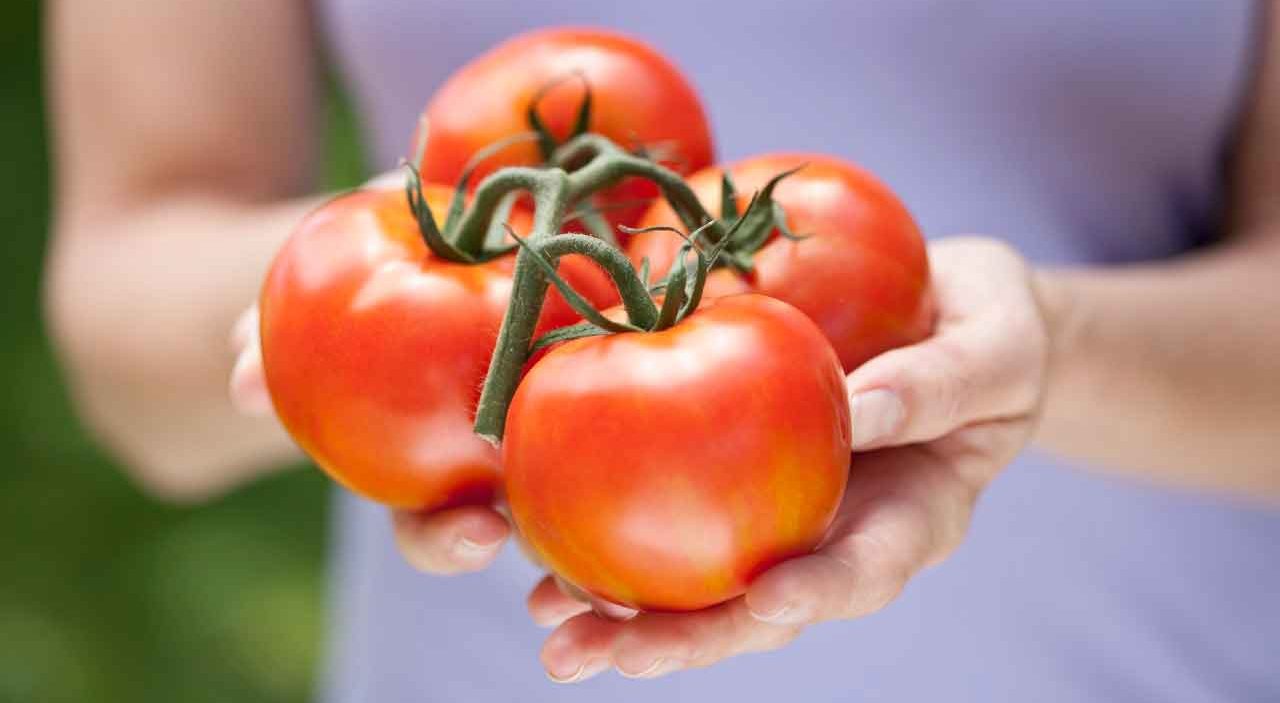Are Tomatoes Bad for Arthritis?

Are tomatoes bad for arthritis? That's a common myth. Other myths include that you will benefit from magnets and should avoid dairy and citrus fruits.
Folk remedies for arthritis are common: You’ll hear that you’ll benefit from magnets, copper bracelets, bee stings, and gin, or that you should stay away from dairy and citrus fruits.
If you find that your arthritis flares up when you eat certain foods, you should stop eating them. But be skeptical when you get arthritis-related diet advice from anyone but your doctor.
Myths are powerful. “The more often you hear it, and the louder and more shrilly you hear it, the more believable it becomes,” says Richard Panush, MD, a professor in the division of rheumatology at the University of Southern California, in Los Angeles.
And they may not be harmless. Sometimes myths are dead wrong, steering you away from foods you need. Dairy and citrus fruits, for example, are probably helpful. Here are some common myths.
YOU MIGHT ALSO LIKE: Foods that May Help Calm Arthritis
Eat gin-soaked golden raisins daily
Golden raisins keep their color because of preservatives based on sulfur dioxide gas — sulfites. Some people are sensitive to sulfites and may have joint pain after a big dose, typically from red wine.
But people who think gin-soaked golden raisins help arthritis pain say the sulfur is beneficial. Juniper berries, which are used to make gin, also have a reputation for healing.
There’s no modern science to back those ideas. Eat them if you enjoy them. If you feel better, you may be benefiting from a placebo effect. There’s no harm in that, either.
Drink cider vinegar
Some people argue that the beta-carotene in apple cider vinegar is helpful, but vinegar contains only tiny amounts of the pigment that gives plants their color. Others say the vinegar dissolves acid crystals that cause joints to become stiff. But only gout involves crystals, and there’s no evidence that cider vinegar relieves gout.
Stay away from dairy
Some science suggests that drinking milk prevents gout and can help keep osteoarthritis at bay. You can eat up to three servings a day of dairy products with positive effects on the health of your bones, according to a review of the evidence.
Avoid nightshade vegetables
The theory is that a substance called solanine aggravates arthritis pain. Tomatoes, potatoes, eggplants, and peppers do contain solanine, but there’s no formal research linking it to arthritis.
Most people need to eat more vegetables, so cutting out a list of them is a bad idea. Just avoid a vegetable you know bothers you. On the other hand, eating lots of white potatoes is a good way to put on weight, so you might avoid them for that reason.
YOU MIGHT ALSO LIKE: 7 Myths about Back Pain
Go vegetarian or vegan
A review of the strongest studies found no good case for any overall diet to treat arthritis — and about 8 percent of the participants dropped out, on average, a bit higher than expected. Again, eating more fruits and vegetables is a great idea.
Going vegan — which requires that you eliminate dairy from your diet — means you’ll miss out on potentially beneficial foods. If you do abandon meat, you’ll need to be careful to get enough protein from other sources.
Drink more red wine
Resveratrol, a compound in red wine, does seem to have anti-inflammatory effects. But you’ll be getting sulfites, which can trigger pain in people who are sensitive to it. Too much alcohol, including wine, is a known risk for inducing gout attacks, and there are a long list of dangers associated with drinking too much.
Coffee causes gout
Actually, the opposite seems to be true: Drinking coffee regularly may be tied to less gout.
Citrus fruits cause inflammation
Citrus fruits are rich in vitamin C, which may slow the progression of arthritis. Some research shows that lack of vitamin C is a possible risk factor for developing arthritis.
YOU MIGHT ALSO LIKE: 4 Ways to Keep Moving, Despite Arthritis
Updated:
June 21, 2023
Reviewed By:
Janet O’Dell, RN